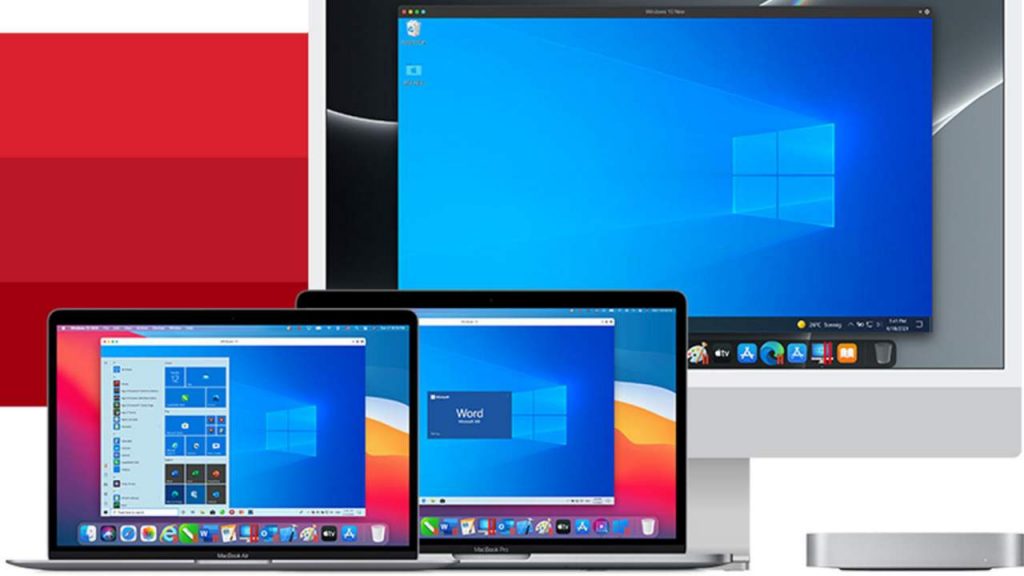

Windows laptop with parallel mac os windows#
Variable quality and variable costĪnother big benefit of Windows is cost.
Windows laptop with parallel mac os drivers#
Most Windows users will buy pre-built laptops where all the drivers generally get along with each other and (again, generally) have been pre-tested at the factory before shipping. Finding exactly the right mix of drivers that don't conflict with or break each other can often be a hair-pulling experience.īut if you're building something this custom, you've probably been down this road before. Getting all these independently produced components to work together can be challenging. There are downsides to all this flexibility, of course. Do you want to be able to run 10 drives internal to the machine? Well, of course, Windows can do it. Do you want on-board instrumentation inputs? Windows can do it. Do you want four beefy graphics cards working in tandem? Windows can do it. If you want to build a machine yourself, you can add nearly any configuration of cards and features you want. When it comes to customization, that choice increases exponentially. That means if you want a Windows computer that's really a tablet with a detachable keyboard, an all-in-one, a super-beefy tower machine with lots of blinking colored lights, or even a system on a USB thumb drive, along with so many more options, there's a Windows machine for you. Windows machines are built by hundreds of manufacturers, and users have long built their own machines from easily-available components. Microsoft has long embraced touch-screen computing with Windows, a feature not found in Macs anywhere. No matter what kind of computer you want, what configuration, or what form-factor, there's a Windows machine for you. In fact, choice is Windows' outstanding feature. For most people, Windows is the default choice. But corporate usage, with the exception of some companies like IBM, is almost all Windows. In developed markets like the US, the Mac percentage is considerably higher, at around 20 percent. Windows 10, which has had some substantial interim upgrades, is a truly strong Windows release.īy most accounts, Windows runs on roughly 90 percent of PCs worldwide, with desktop Linux usage accounting for a very low single digit percentage of usage and MacOS making up the rest. Microsoft improved the user interface, streamlined many of the settings, and eliminated the odd inconsistencies that had haunted Windows 8. Three years later, in 2015, Microsoft introduced Windows 10, a substantially improved version of Windows that returned the Start menu. In my case, I didn't want to spend all that much, but my bigger priority was getting my job done. I recently bought a new main desktop machine. I find that the trade-off between use and spend is often the deciding factor. The point is, before you choose your desktop platform, it's important for you to identify your needs. If you're going to do heavy graphics or video production, your choice might often be Mac. If you've got a very limited budget, then your choice is often going to be Windows or even Linux. Chromebook: Picking the best computer for you CNETĬhoosing a computer is always about making trade-off decisions. The much bigger cost for all these environments will be your ongoing maintenance expenses.Īlso: Laptop vs. Macs always come with MacOS, so there's no cost there.

Pretty much the only time you're going to pay to buy Windows is if you're building one of your own, and we'll address that later. If you have an old PC, it almost certainly came with Windows. Which of those two (use versus spend) is more important?.


 0 kommentar(er)
0 kommentar(er)
